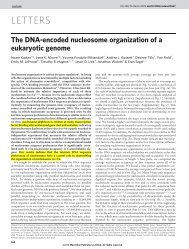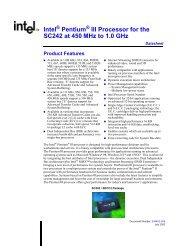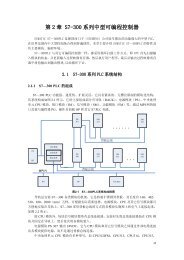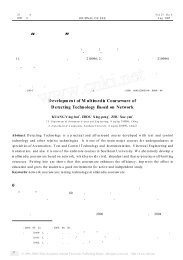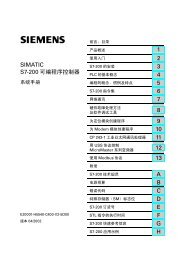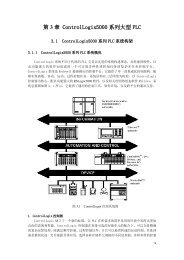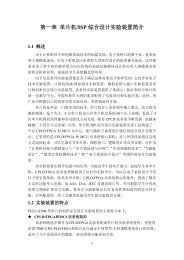Intel® 865G/865GV Chipset Datasheet - download.intel.nl - Intel
Intel® 865G/865GV Chipset Datasheet - download.intel.nl - Intel
Intel® 865G/865GV Chipset Datasheet - download.intel.nl - Intel
Create successful ePaper yourself
Turn your PDF publications into a flip-book with our unique Google optimized e-Paper software.
Functional Description• System—G0/S0 Full On.— G1/S1 Stop Grant, Desktop S1, same as C2.— G1/S2 Not supported.— G1/S3 Suspend to RAM (STR). Power and context lost to chipset.— G1/S4 Suspend to Disk (STD). All power lost (except wakeup logic on ICH5).— G2/S5 Soft off. Requires total system reboot.— G3 Mechanical Off. All power lost (except real time clock).5.7 Thermal ManagementThe GMCH implements the following thermal management mechanisms. The mechanisms willmanage the read and write cycles of the system memory interface, thus, ensuring that thetemperature can return to the normal operating range.Hardware-Based Thermal ManagementThe number of hexwords transferred over the DRAM interface are tracked per row. The trackingmechanism takes into account that the DRAM devices consume different levels of power based oncycle type (i.e., page hit/miss/empty). If the programmed threshold is exceeded during amonitoring window, the activity on the DRAM interface is reduced. This helps in lowering thepower and temperature.Software-Based Thermal ManagementThis is used when the external thermal sensor in the system interrupts the processor to engage asoftware routine for thermal management.5.7.1 External Thermal Sensor Interface OverviewAn external thermal sensor with a serial interface (e.g., the National Semiconductor LM77, LM87,or other) may be placed next to DDR DIMM (or any other appropriate platform location), or aremote thermal diode may be placed next to the DIMM (or any other appropriate platform location)and connected to the external thermal sensor.The external sensor can be connected to the ICH5 via the SMBus interface to allow programmingand setup by BIOS software over the serial interface. The external sensor’s output should includean active-low open-drain signal indicating an over-temp condition (e.g., LM77 T_CRIT# or INT#in comparator mode). The sensor’s output remains asserted for as long as the over-temp conditionexists and deasserts when the temperature has returned to within normal operating range. Thisexternal sensor output will be connected to the GMCH input (EXTTS#) and will trigger a presetinterrupt and/or read-throttle on a level-sensitive basis.Additional external thermal sensor’s outputs, for multiple sensors, can be wire-OR’d together toallow signaling from multiple sensors that are physically separated. Software can, if necessary,distinguish which DIMM(s) is the source of the over-temp through the serial interface. However,since the DIMMs are located on the same memory bus data lines, any GMCH-base read throttlewill apply equally.<strong>Intel</strong> ® 82<strong>865G</strong>/82<strong>865G</strong>V GMCH <strong>Datasheet</strong> 181




